Football cards have been a staple of sports memorabilia for over a century, evolving from simple cigarette inserts to highly sought-after collectibles. This article explores the history, current market trends, and investment potential of football cards, along with tips for collectors and enthusiasts.
History of Football Cards
The first American football cards were included in cigarette packages in the late 1800s. In 1888, Yale player Henry W. Beecher became the first football player featured on a card, part of the "Old Judge" and "Gypsy Queen" sets by Goodwin & Company.
In the early 1900s, football cards were often part of mixed sport sets, primarily featuring college players. The National Chicle Company released the first NFL-focused set in 1935, including six Hall of Fame players. Post-WWII, Bowman and Leaf Candy Company began producing football card sets, marking a significant increase in popularity.
Current Market Trends
The 2024-2025 football card market is expected to experience moderate growth, driven by continued interest from collectors and new enthusiasts. However, this growth may be less dramatic than previous years due to economic conditions and market saturation. Popular sets like Panini’s Prizm and Topps Chrome remain highly sought after for their quality and potential for valuable rookie cards.
Limited edition sets, such as hypothetical "NFL 100th Anniversary" sets, can generate significant excitement and demand due to unique designs or exclusive player cards.
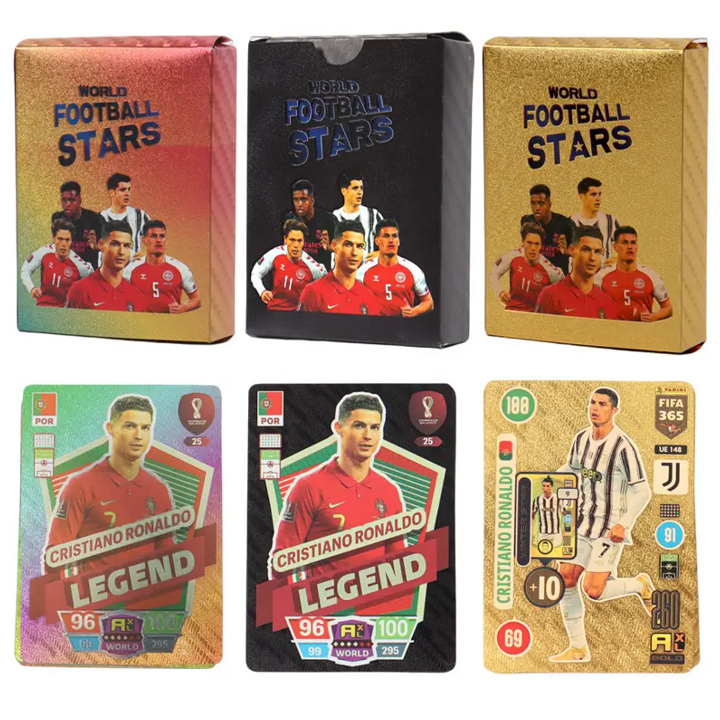
Investment Potential
Football cards can be a valuable investment, particularly for rare or autographed cards. Rookie cards, especially those of promising players, often increase in value over time. The condition of a card significantly impacts its worth, with sharp corners and minimal wear being highly desirable.
Tips for Collectors
Research the Market: Stay informed about popular brands, card values, and trends using platforms like eBay and Beckett.
Set a Budget: Prioritize quality over quantity to avoid overspending.
Prioritize Card Condition: Use grading services like PSA or BGS to verify authenticity and condition.
Target Valuable Cards: Focus on rookie cards, autographed editions, and numbered inserts for long-term value.
Customized Football Cards
For a unique twist, customized football cards allow fans to create personalized cards with their own photos and stats. Platforms like XingKun offer a range of designs and editing services, making them ideal gifts for football enthusiasts.
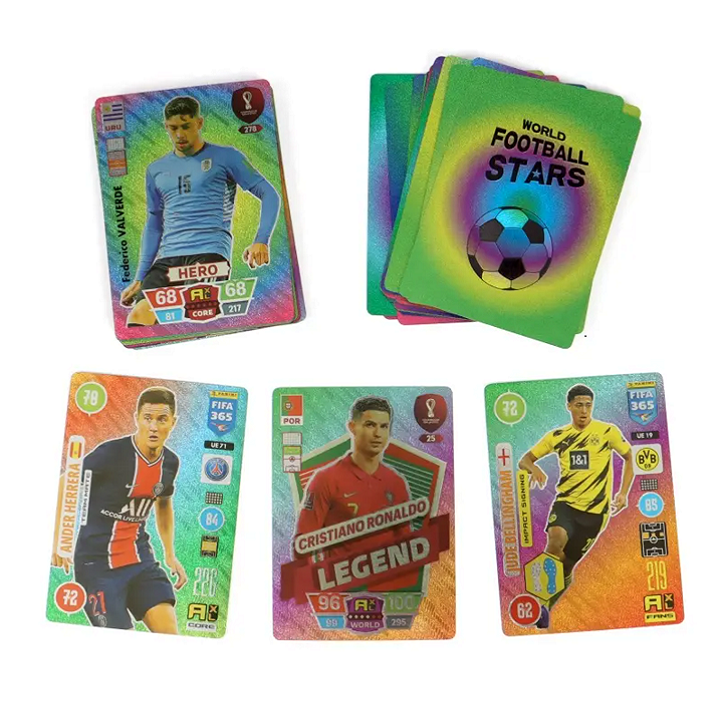
Digital Football Cards
In recent years, digital football cards have emerged as a new frontier in collecting. Platforms like Topps Digital and NFL Blitz offer digital versions of cards, often with exclusive content and interactive features. These digital cards can be traded and stored online, appealing to a new generation of collectors.
Collecting Strategies
Diversification
Spread Investments: Invest in a mix of rookie cards, veteran players, and team sets to balance risk and potential returns.
Focus on Emerging Stars: Cards of promising rookies can increase significantly if they perform well in the league.
Long-Term Holding
Store Cards Properly: Use protective sleeves and top-loaders to maintain condition.
Monitor Market Trends: Keep an eye on player performance and market demand to decide when to sell.
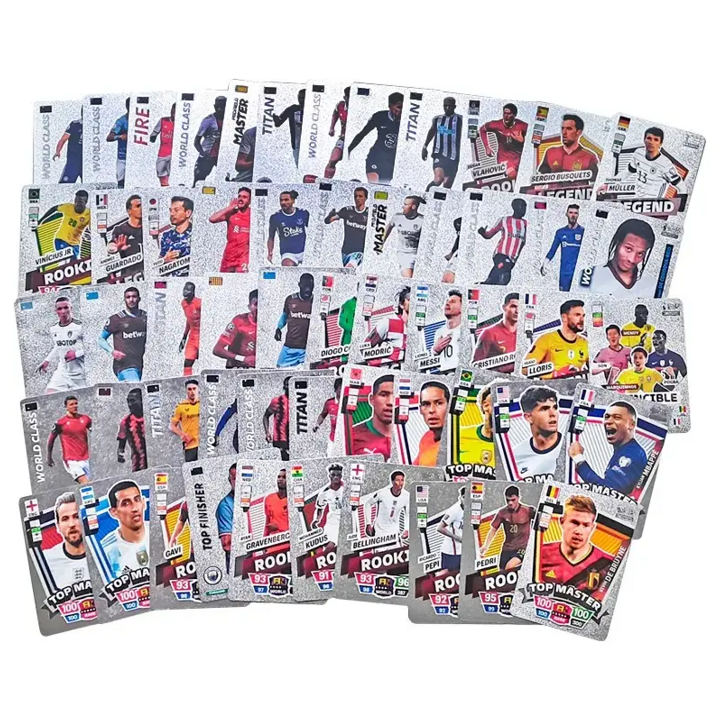
Community Engagement
Engaging with the collector community is crucial for staying updated on market trends and finding rare cards. Attend card shows, join online forums, and participate in social media groups dedicated to football card collecting.
Market Challenges
The football card market faces challenges such as market saturation and economic uncertainty. However, these challenges also present opportunities for savvy collectors to find undervalued cards and capitalize on emerging trends.
Economic Factors
Inflation: Economic conditions can affect the purchasing power of collectors, impacting demand and prices.
Supply and Demand: An increase in card production can lead to market saturation, potentially reducing card values.
Technological Advancements
Digital Collecting: The rise of digital cards is changing how collectors engage with the hobby, offering new ways to buy, trade, and store cards.
Authentication Technology: Advances in authentication and grading technology help ensure the legitimacy and condition of physical cards.
Future Outlook
As the hobby continues to evolve, football cards are likely to remain a popular form of sports memorabilia. The integration of digital technologies and the emergence of new collecting platforms will continue to shape the market.
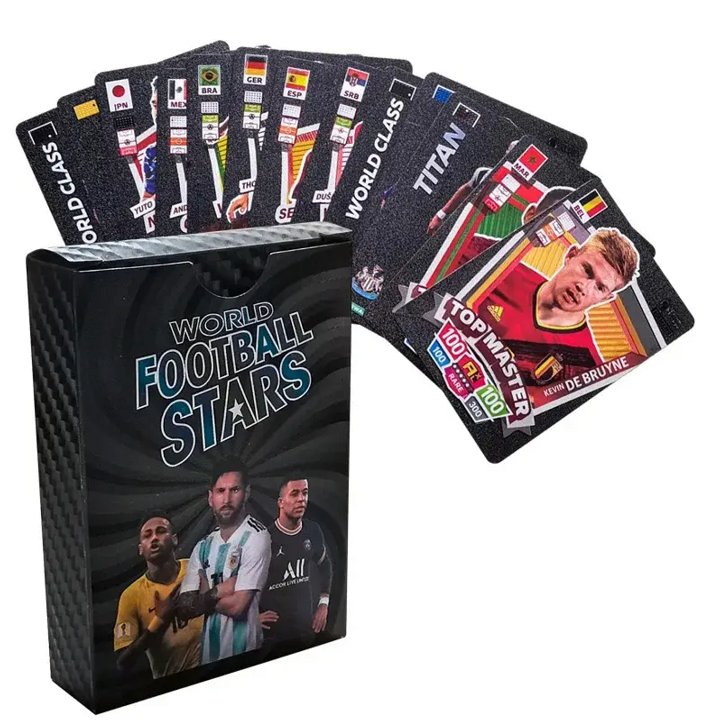
Sustainability
Environmental Impact: The shift towards digital collecting may reduce the environmental impact of physical card production and storage.
Accessibility: Digital platforms can make collecting more accessible to a wider audience, potentially increasing market size and diversity.
Emerging Trends
Blockchain Technology
NFTs: Non-fungible tokens (NFTs) are being used to create unique digital collectibles, offering a new layer of authenticity and scarcity.
Decentralized Marketplaces: Blockchain-based platforms allow for peer-to-peer trading without intermediaries, enhancing transparency and security.
Virtual Reality Experiences
Immersive Collecting: Virtual reality (VR) and augmented reality (AR) technologies are creating immersive experiences for collectors, allowing them to interact with cards in new ways.
Conclusion
Football cards offer a dynamic and evolving market for collectors and investors. Understanding market trends, card types, and investment strategies can help navigate this exciting hobby.
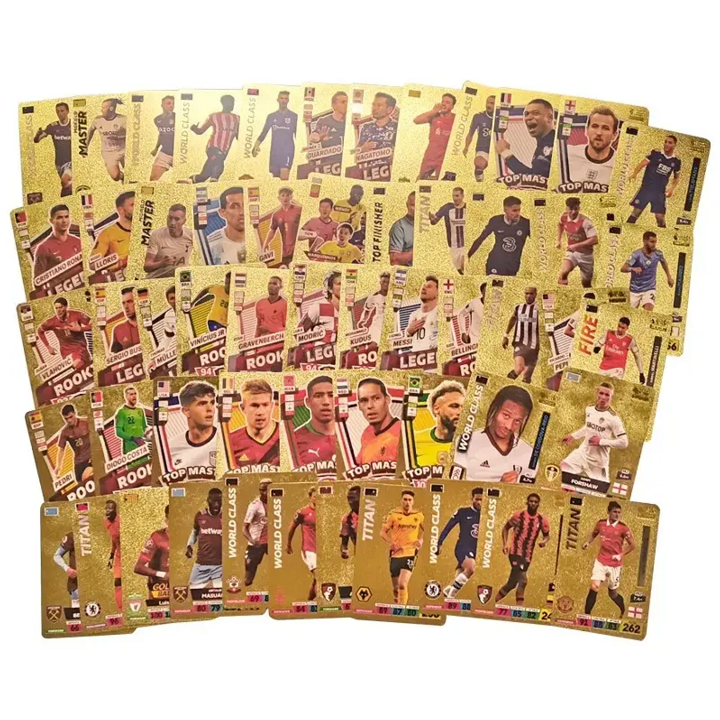
Frequently Asked Questions
What are the oldest football cards?
The first American football cards were included in cigarette packages in the late 1800s, with Henry W. Beecher being featured in 1888.
Which football card sets are most popular?
Sets like Panini’s Prizm and Topps Chrome are highly sought after due to their quality and potential for valuable rookie cards.
How do I store football cards properly?
Use card sleeves, magnetic card holders, and top loaders for individual cards, and store them in binders with protective pages in a climate-controlled environment.
Can I create my own football card?
Yes, platforms like XingKun allow you to create customized football cards with your own photo and stats.
What factors affect the value of football cards?
Factors include player performance, card condition, rarity, and market trends.
How do digital football cards work?
Digital cards are stored and traded online, often with exclusive content and interactive features, appealing to a new generation of collectors.
What are the benefits of digital collecting?
Digital collecting offers greater accessibility, reduced storage needs, and new ways to engage with the hobby.
How does blockchain technology impact football card collecting?
Blockchain technology enhances authenticity and security through NFTs and decentralized marketplaces.


































